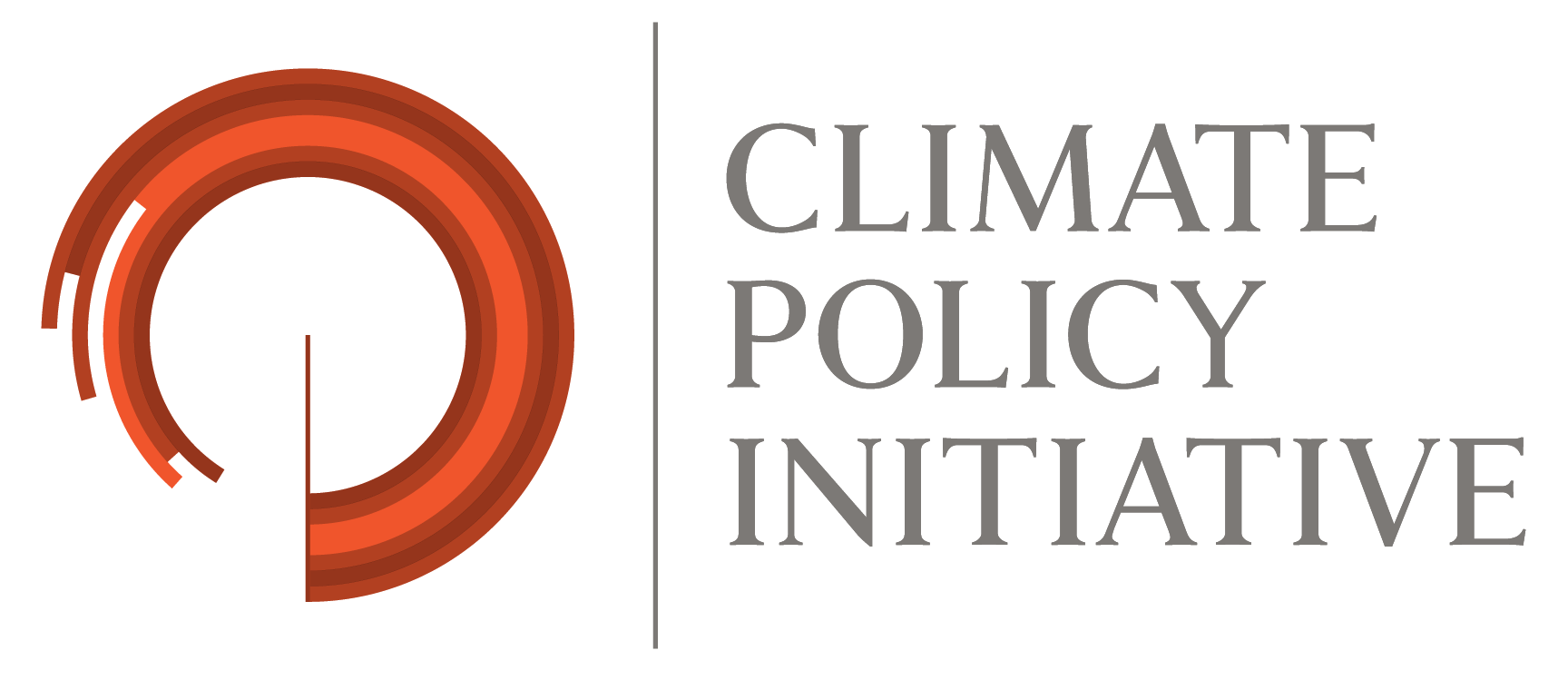Executive Summary
There are many theories about how to use public resources to combat climate change, but few empirical cases examining whether steps taken by policy makers have worked or not.
Drawing on the experience of the San Giorgio Group, the San Giorgio Group case studies provide observations about effective green financing and specifically, about how different policies and injections of public resources are already altering the behavior of private entities, financial institutions, and capital markets to invest in climate change mitigation.
This analysis draws out overarching lessons from these case studies for policymakers, funders and investors, and developers of clean technology and climate resilient infrastructure. In particular, they provide insight into how risks and costs are allocated among project actors to enable investment.
An overview of the case studies:
• In Prosol, we look at a financing mechanism to support the penetration of solar water heaters in the Tunisian residential sector. In this case a state utility mitigated credit-default risks that prevented the engagement of local commercial banks. Persuading banks of the market potential of green-tech financing encouraged them to make affordable credit available to households to purchase solar water heating (SWH) systems.
• In the Walney Offshore Windfarms, the world’s largest offshore wind farm, we examine how well-articulated government offshore wind incentives, over a 20-year horizon, supported a financing model that enabled project developers to secure financing from nontraditional equity investors.
• In Ouarzazate I, a large scale concentrated solar power (CSP) plant in Morocco, we analyze how significant early concessional lending by international financial institutions, and large subsidies from national authorities, greatly reduced project risks and production costs, resulting in a winning bid well below projected prices.
• A separate study on investment risk and risk mitigation instruments looks at the specific risks associated with green investments and the effectiveness of policies designed to mitigate these.
In addition, we draw lessons from CPI’s Global Landscape of Climate Finance 2012, which reveals emerg- ing trends about the kinds of instruments, interme- diaries, investment structures, and in some cases state-backed development mandates, that are helping to unlock new funders and investors, and move money from sources, to its end uses.
Overall, while policies and public resources are affecting the performance of investments in ways consistent with low carbon growth, more action is required to help private actors overcome real and perceived risks — in developing and developed markets — and deliver green investments at large scale.
Other early findings of the San Giorgio Group case studies include:
• Well-designed public policies are clearly able to overcome real and perceived risks and make investments viable. In other words, public interventions can improve project economics sufficiently well to attract green private investment at scales that impact emissions levels.
• Well-articulated public policies are necessary to transition toward low carbon systems of production and can be delivered through multiple instruments. That said, policies themselves can carry credibility risks that investment measures must sometimes cover or mitigate.
• Well-designed resource injections can alter investment risks and change private behaviors at acceptable cost. The private sector responds to well-designed policies, but because it is not a homogeneous entity, it responds with lags, costs, selectivity, and self-interest.
• New risks hamper scale-up of green finance and call for a new suite of innovative risk mitigation instruments.
• The ability of public resources to leverage private-sector funds is one dimension of policy effectiveness, but other factors are important as well.
• Green investment should focus on developing markets, and particularly emerging economies, where opportunities exist to meet growing energy demand in ways consistent with low-carbon and climate-resilient development.
By continually re-examining, systematically evaluating, and sharing lessons about how green investments are tracking toward their objectives, we aim to identify emerging financial practices that could be applied elsewhere to different technologies and asset classes at scale, to improve the performance of green investment portfolios and projects.
Over time, the lessons observed in the evidence-based database of San Giorgio Group case studies may become an authoritative source for the international community, offering guidance on how to design effective funding mechanisms and how to improve financial intermedia- tion services for green, low-emissions investments.
If governments understand how to get the risk-return equation right, they will become more willing to extend the resources dedicated to climate financing. The San Giorgio Group particularly hopes to encourage the view among developing countries that low-emissions and climate-resilient growth constitutes a practical and productive national development strategy.

